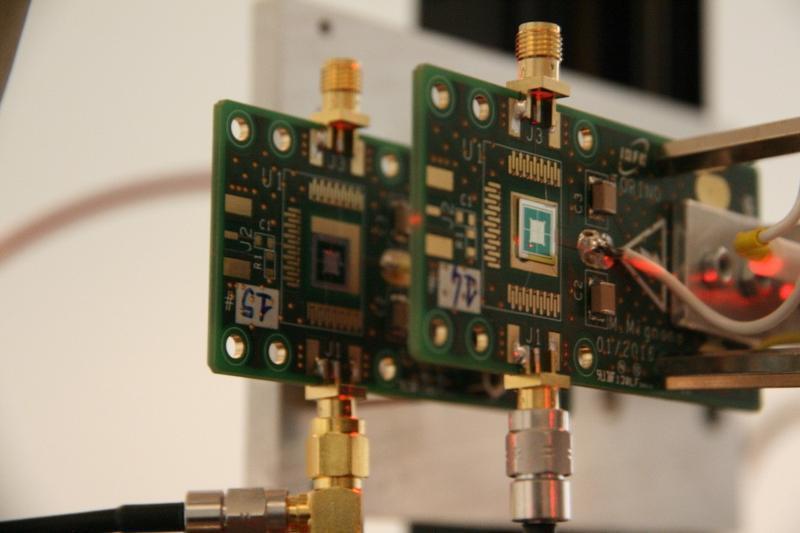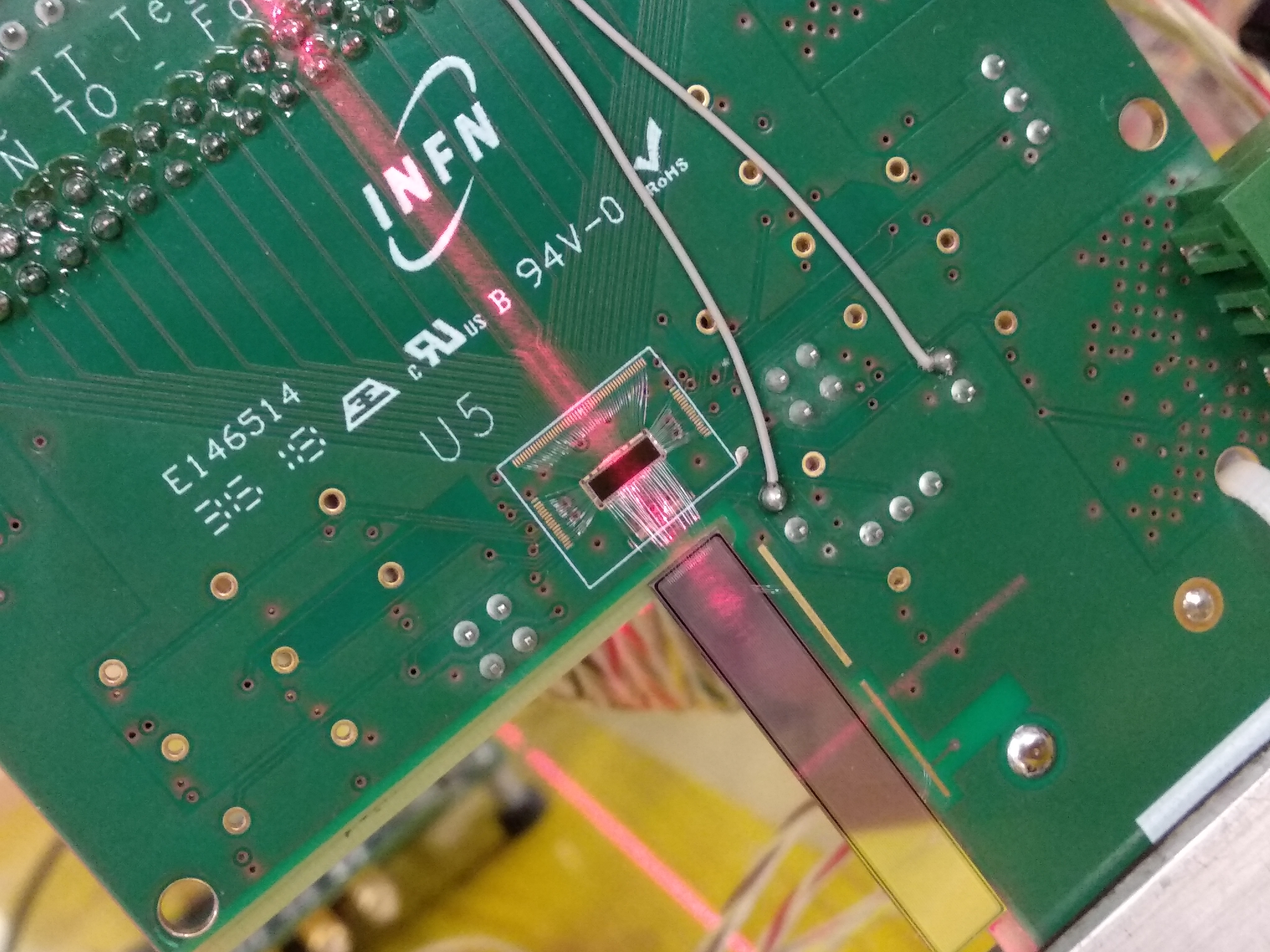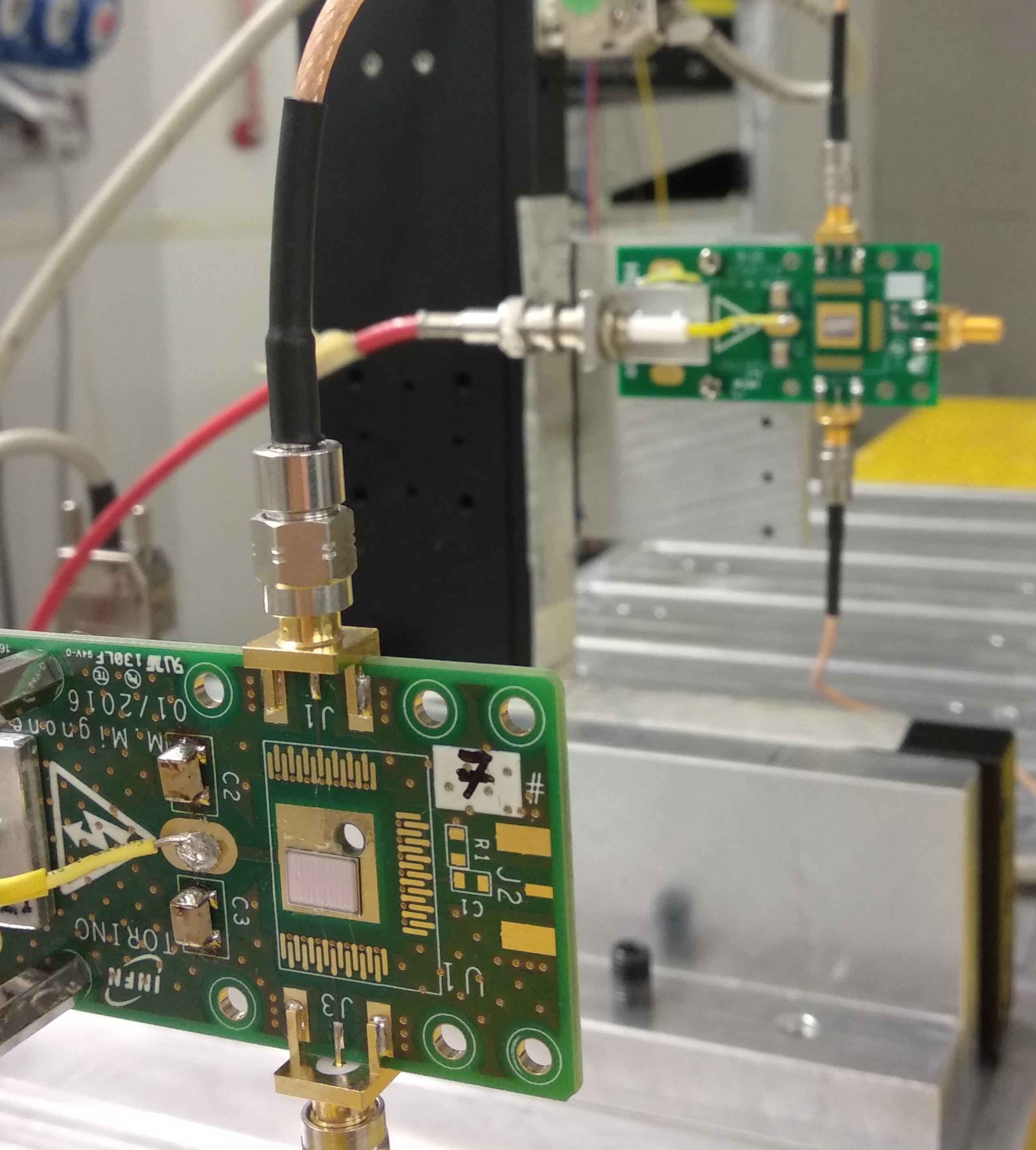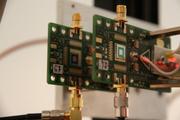Medical Physics: development of tools for radiotherapy
Medical Physics: development of tools for radiotherapy
Componenti
- Cirio Roberto (Head)
- Monaco Vincenzo (Scientist)
- Sacchi Roberto (Scientist)
- Staiano Amedeo (Scientist)
- Giordanengo Simona (Scientist)
- Vignati Anna (Scientist)
- Mas Milian Felix (Scientist)
- Martì Villarreal Oscar Ariel (PhD Student)
- Abujami Mohammed (PhD Student)
- Data Emanuele Maria (PhD Student)
- (Ricercatore/Ricercatrice)
- Montalvan Olivares Diango Manuel (PostDoc)
- Medina Elisabetta (Studente/essa)
Contatti

Attività
The group is active since 1992 in the development of hardware and software tools for radio- and particle-therapy, with the goal of bringing into clinical environment and transferring to industry the know-how acquired in fundamental physics research. Hardware development began with design and construction of parallel plate ionization chambers segmented in strips and pixels for particle therapy, leading to the construction of the Dose Delivery System (DDS) of the National Centre of Oncological Hadrontherapy (CNAO, Pavia).
Software developments have been always related to modelling of radiation effects on biological tissues and implementation of a new beam model for Treatment Planning System (TPS) for particle therapy.
During a two year project named RIDOS (Real-time Ion DOse planning and delivery System) a new system has been developed, able to interface a GPU-based forward-dose calculation with the CNAO DDS and with a patient-motion tracking system to perform online dose verification for scanned ion beam therapy.
At present, the group is involved in the MoVeIT INFN project and the research activities are focused on Ultra-Fast Silicon Detectors (UFSD) and VLSI microelectronics to develop two prototypes of new beam monitor for radiobiological applications at three irradiation facilities in Italy: CATANA (Catania), CNAO and TIFPA (Trento).
The first prototype consists of a 3x3 cm2 detector based on 50 μm thick UFSDs, segmented in strips and designed to count individual protons at current clinical rate, thanks to the development of a dedicated front-end electronics.
UFSDs have been selected because of their large signal-to-noise ratio and fast collection time in small thicknesses (1 ns in 50 µm). Such a device allows the direct count of number of particles going through the sensitive area, improving the indirect count obtained through measurement of ionization charge, as routinely performed in conventional beam monitors based on parallel plate ionization chambers. The second prototype is intended to measure the beam energy with time-of-flight techniques, using a telescope of two UFSD sensors segmented in a minimum number of pads. The clinical requirements need to achieve an energy resolution corresponding to a range error less than 1 mm for the wide energy range in use (60-250 MeV proton beam).
Dedicated readout electronics is under test and development for the particle counter. The new VLSI chip, named ABACUS, was designed to be able to read the UFSD signals, which are very short (1-2 ns), and is based on a scheme where the preamplifier is followed by a discriminator with a threshold which could be set. Out of the discriminator, the pulses are sent to an FPGA which implements pulse counting and also pile up corrections algorithms. The requirements are extremely demanding because the front-end input charge is expected to be between 3 fC and 140 fC, the pulses frequency between 2 MHz and 200 MHz. Two different ASICs have been designed and manufactured: one based on Charge sensistive amplifier the other one on Transimpedence amplifier. ABACUS will be the heart of the TERA10 chip, that will read-out the UFSDs in the final system.
INFN, INFN Torino, AIFM, PTCOG, ESTRO, AAPM
The role of Medical Physicist in: Radiology, Radiotherapy, Nuclear Medicine, NIR/US/Research, Radiation Protection
Specialization School in Medical Physics of Torino University
A day in the life of a student of the Specialization School in Medical Physics of Torino University


Prodotti della ricerca
- A single ion discriminator ASIC prototype for particle therapy applications, Nuclear Instruments and Methods in Physics Research, Section A, 985, 2021, article number 164666
- A new detector for the beam energy measurement in proton therapy: a feasibility study, Physics in Medicine and Biology, 65 (21), 2020, Article number 215030
- The Challenges of Electron and Photon FLASH RT, Frontiers in Physics, 8, 2020, Article number 375
- RIDOS: A new system for online computation of the delivered dose distributions in scanning ion beam therapy - Physica Medica 60 (2019) 139
- Dose detectors, sensors and their applications, Special Issue Medical Physics 45 (11), (2018)
- Innovative thin silicon detectors for monitoring of therapeutic proton beams: Preliminary beam tests, Journal of Instrumentation 12, (2017) 12, C12056
- Review of technologies and procedures of clinical dosimetry for scanned ion beam radiotherapy, Physica Medica 43 (2017) 79-99
- Design and characterization of a 64 channels ASIC front-end electronics for high-flux particle beam detectors, Nuclear Instruments and Methods in Physics Research A 867 (2017)1-6
Tag: Medical Physics, radiotherapy, Turin, University,





